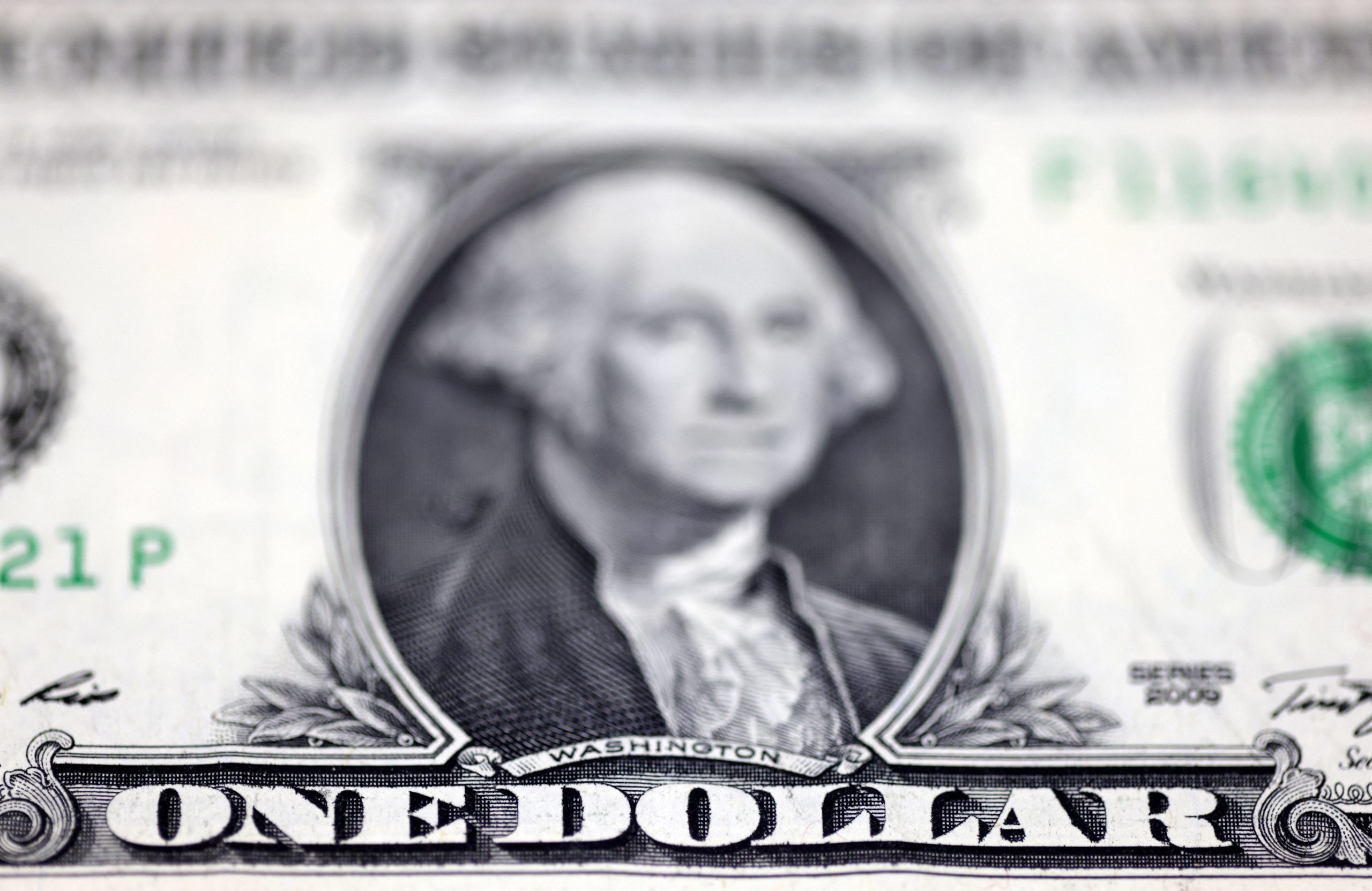
Matt Bush, FISM News
[elfsight_social_share_buttons id=”1″]
The Federal Open Market Committee (FOMC) released its July minutes and Fed officials made it clear that interest rates will continue to rise in the short term.
The Federal Reserve is the central bank of the United States. In its role of setting monetary policy, according to its own website, the Fed exists “to promote maximum employment and stable prices in the U.S. economy.”
While the topics of maximum employment and stable prices were both discussed in length at the meeting, inflation in the U.S. is at its highest point in more than four decades, which means that “stable prices” are not happening.
Throughout the minutes, a call to see inflation fall back to 2% was the most mentioned topic.
Since April 2021, just two months after President Joe Biden took office, the inflation rate has been at least five percent, according to FISM. Since March of this year, year-over-year inflation has been below 8.5 percent just once, in April when it was 8.3%.
It is with the backdrop of these historically high inflation rates that the Fed has stepped in and tried to slow down the out-of-control increase in prices. The most potent weapon the Fed has is an interest rate hike, and they used that weapon last month for the fourth time in 2022.
The July 28 interest rate hike marked the second consecutive month that the Fed raised the interest rate by 75 basis points. According to CBS News, “The Fed hasn’t hiked rates by a combined 1.5% percentage points in consecutive meetings since as far back as the 1980s.”
In March, the Fed increased interest rates by 25 points and again by 50 points in May.
The Fed does not control all of the interest rates in the country. However, when it raises the federal funds rate, every other interest rate is raised as well, especially those tied to the prime rate. When interest rates are increased, borrowing money becomes more expensive to consumers and they spend less, which leads to lower demand and hopefully, in turn, lower inflation.
One positive that came out of the meeting is that the job market seems to be strong. The traditional definition of a recession in America is that there are two consecutive quarters of negative GDP growth. In the first quarter of 2022, there was a 1.6% decline in GDP followed by a 0.9% decline in the second quarter.
Fed officials, however, would not use the word recession to describe the state of the American economy, pointing to the strong job market as a reason that the economy was still working as it should. Employment, however, is only half of the Fed’s mandate, the other is inflation.
The Fed is expected to raise interest rates three more times in 2022. CBS News predicts that “economists are pegging a 0.5 percentage-point increase in September, followed by two 0.25 percentage-point hikes in the last two Fed meetings of the year.”
With inflation coming in at 8.5% in July 2022, it is hard to see that these interest rate hikes are working, but the Fed is asking for time to let the rate hikes take effect.
If the Fed did not do anything, the economy would continue to grow at a faster rate and inflation could spin further out of control. On the other hand, if the Fed keeps slowing down the economy or slows it down too quickly, then the country could slip into an even deeper recession.
